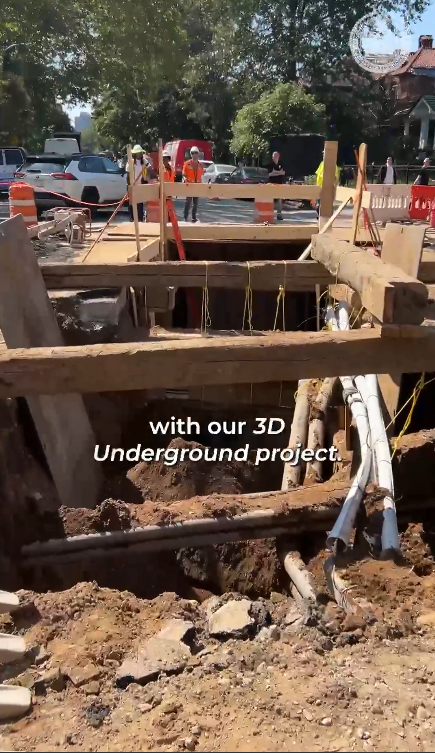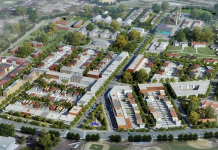New York Construction Report staff writer
New York City has launched 3D Underground (3DU), a $10 million initiative to create a secure, three-dimensional data-sharing platform for the city’s underground built and natural environment. The system will allow government agencies and utility companies to share and access detailed information about water and sewer pipes, gas lines, electrical conduits, fiber optic cables, and soil composition.
The platform is intended to improve emergency response, support capital project planning, and minimize disruption to residents, businesses, and transit. It will also strengthen the city’s ability to manage stormwater and plan for climate adaptation.
The 3DU project grew out of lessons learned during the recovery from the Sept. 11, 2001, attacks, when precise underground mapping proved critical for detecting hazards and coordinating emergency response. The system is designed to enhance infrastructure management, anticipate threats, and support more efficient project delivery.
As part of the effort, the Office of Technology and Innovation will digitize geotechnical reports submitted to the Department of Buildings and partner with Columbia University to estimate soil conditions in areas lacking direct data. Digital soil sampling will further refine the model over time.
Key goals of the 3DU platform include:
-
Improving emergency response and preventive analysis for underground infrastructure failures
-
Modernizing capital project planning to reduce costs and schedule delays
-
Supporting climate adaptation and stormwater management
-
Minimizing disruption to businesses, residents, and transit
Funded through a U.S. Housing and Urban Development Community Development Block Grant for Disaster Recovery, the city expects the platform to be available for users in early 2028. 3DU will build on earlier mapping efforts, including ground scanning conducted in partnership with utility companies and NYU’s Tandon School of Engineering.










